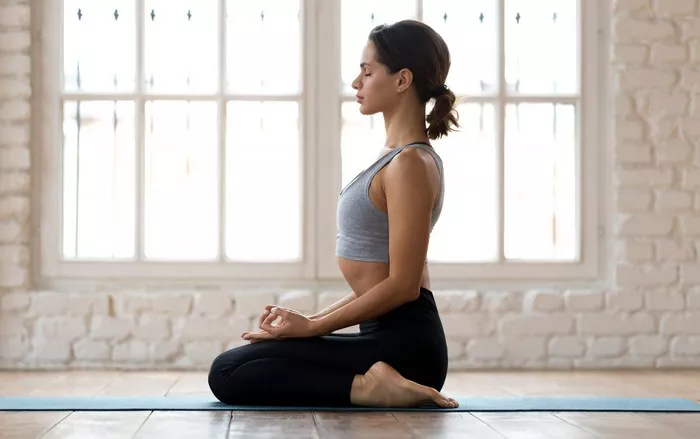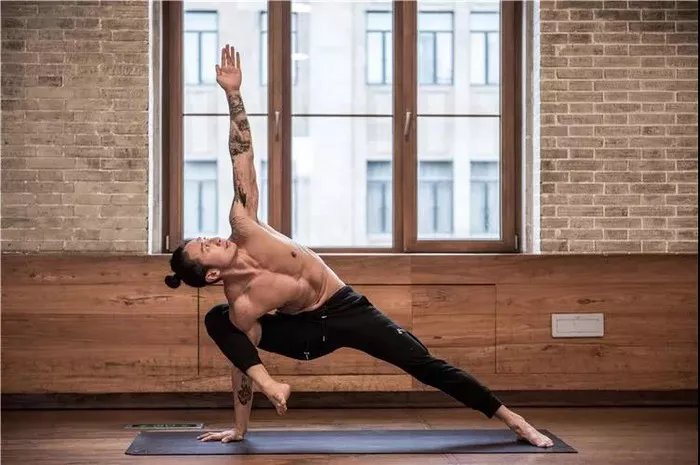Sun Salutations, also known as Surya Namaskar in Sanskrit, are a series of dynamic yoga postures that have been practiced for thousands of years. They are often one of the first sequences taught to beginners due to their foundational nature in many yoga styles. While Sun Salutations are often seen as a warm-up for more advanced asanas (postures), their benefits extend far beyond that of preparation for other poses. This article will delve into the purpose of Sun Salutations, explaining their physical, mental, and spiritual benefits, and exploring how they contribute to overall well-being.
The Origins of Sun Salutations
The practice of Sun Salutations originates from ancient India and has deep roots in the spiritual practices of the Vedic tradition. The Sun has always been revered in Hinduism as a symbol of divine energy, light, and vitality. Surya Namaskar is a way of offering gratitude to the Sun and recognizing its life-sustaining energy. It is considered not only a physical practice but also a prayer to the Sun, symbolizing the connection between mind, body, and spirit.
The sequence itself consists of twelve different postures that flow smoothly from one to the next, typically performed in a continuous and fluid manner. The positions are linked with breath, creating a rhythm that synchronizes movement and breath. Sun Salutations are typically practiced at sunrise, although they can be performed at any time of day, with each repetition building on the previous one.
The Structure of Sun Salutations
A standard Sun Salutation (Surya Namaskar A) involves the following postures:
Mountain Pose (Tadasana) – A standing pose that grounds the body and brings attention to breath.
Raised Hands Pose (Urdhva Hastasana) – Reaching upward, stretching the body, and lengthening the spine.
Forward Fold (Uttanasana) – A deep bend that stretches the hamstrings and lowers the head below the heart.
Halfway Lift (Ardha Uttanasana) – A flat-back position to lengthen the spine and prepare for the next movement.
Plank Pose – A strong core engagement that helps in building upper body strength.
Chaturanga Dandasana – A low push-up position that strengthens arms, shoulders, and core.
Upward-Facing Dog (Urdhva Mukha Svanasana) – A chest opener that stretches the abdomen and strengthens the spine.
Downward-Facing Dog (Adho Mukha Svanasana) – A posture that stretches the hamstrings, calves, and back.
Halfway Lift (Ardha Uttanasana) – Returning to a flat-back position to prepare for the next step.
Forward Fold (Uttanasana) – A deep fold to release tension in the back and legs.
Raised Hands Pose (Urdhva Hastasana) – Returning to a standing position while reaching upward.
Mountain Pose (Tadasana) – Returning to the starting position, grounding and centering the body.
This sequence is typically repeated several times in a session, either individually or as part of a larger flow. There are also variations of Surya Namaskar, such as Surya Namaskar B, which includes additional poses like Warrior I (Virabhadrasana I) and Chair Pose (Utkatasana). These variations can be adjusted based on personal goals, energy levels, and style of yoga.
The Physical Benefits of Sun Salutations
The physical benefits of Sun Salutations are vast and varied, making them an ideal practice for people of all fitness levels. Here are some of the key physical advantages:
Improved Flexibility: The sequence involves a combination of stretching and lengthening the muscles, particularly in the spine, legs, and hips. Forward folds, backbends, and downward-facing dog help to stretch and release tension in the body. Over time, consistent practice leads to improved flexibility and increased range of motion.
Increased Strength and Endurance: While Sun Salutations are primarily known for their stretching benefits, they also require strength and endurance. The postures such as Plank Pose, Chaturanga Dandasana, and Upward-Facing Dog engage the core, arms, and shoulders. Holding these poses strengthens the upper body and builds endurance. The practice also engages the legs, helping to tone and build strength in the thighs, calves, and glutes.
Enhanced Posture: The series of poses help align the spine, stretch the muscles of the back, and open up the chest, which can be particularly beneficial for people who suffer from poor posture due to sedentary lifestyles. Regular practice can contribute to better posture both in and out of yoga class.
Improved Circulation: The fluid, dynamic nature of Sun Salutations helps stimulate blood flow throughout the body. This increased circulation helps deliver oxygen and nutrients to the muscles and organs while flushing out toxins. The postures also assist in the detoxification process, helping to cleanse the body from the inside out.
Better Balance and Coordination: Many of the postures in Sun Salutations require balance, which helps to improve both physical stability and coordination. The sequence of movements teaches you to engage different muscle groups simultaneously, enhancing overall body awareness and control.
Boosted Cardiovascular Health: The flowing nature of the sequence elevates the heart rate, providing a gentle cardiovascular workout. As you move through each pose, your heart rate increases, providing a form of low-impact aerobic exercise that can be beneficial for cardiovascular health.
The Mental Benefits of Sun Salutations
Beyond the physical benefits, Sun Salutations offer significant mental advantages. The integration of breath and movement, combined with the repetitive nature of the practice, has a profound effect on the mind. Below are some of the mental benefits:
Stress Reduction: Sun Salutations encourage deep, conscious breathing, which has been shown to reduce levels of the stress hormone cortisol. By focusing on your breath and the rhythm of the practice, you activate the parasympathetic nervous system, which helps the body relax. This calming effect reduces anxiety and stress levels.
Increased Focus and Concentration: The practice of Sun Salutations requires you to synchronize your movements with your breath, which requires concentration and mindfulness. This focus on the present moment helps to clear the mind and cultivate mental clarity. Over time, this heightened awareness can extend beyond the mat, helping to improve concentration in daily activities.
Enhanced Mental Clarity: The practice of flowing from one pose to the next encourages mental clarity by quieting the mind and bringing attention to the present moment. This sense of clarity is often achieved through meditation-like focus during the sequence. The steady rhythm of movement and breath also helps create a calming effect on the mind.
Emotional Balance: Sun Salutations can help to balance emotions by providing a release for pent-up energy and tension. The flow of movement encourages the practitioner to let go of negative emotions and create space for positivity. It’s not uncommon for people to feel a sense of emotional release after practicing Sun Salutations, especially when combined with mindful breathing.
Promotes Mind-Body Connection: Practicing Sun Salutations cultivates the connection between the body and the mind. As you focus on your movements, your breath, and your alignment, you are practicing mindfulness. This mind-body connection leads to a greater sense of presence and an improved sense of well-being.
The Spiritual Benefits of Sun Salutations
In addition to the physical and mental benefits, Sun Salutations also have a deeply spiritual dimension. The practice is often seen as an act of devotion and gratitude, a way to honor the Sun and connect with the divine. Here are some of the spiritual benefits:
Cultivates Gratitude: Surya Namaskar is traditionally practiced as an offering of gratitude to the Sun. The Sun is a symbol of life, light, and energy, and practicing Sun Salutations fosters a sense of appreciation for the natural world and the vital force that sustains it.
Increases Energy and Vitality: Sun Salutations are believed to stimulate the flow of prana (life force energy) throughout the body. The practice opens up energy channels, helping to balance the flow of prana, which can lead to increased vitality and a heightened sense of well-being.
Promotes a Spiritual Practice: Sun Salutations can serve as a moving meditation, aligning the physical body with the breath and spirit. It’s a way to center yourself before engaging in other aspects of yoga practice, such as meditation or pranayama (breathwork). This practice can create a sense of connection to the universe and cultivate a deeper spiritual awareness.
Grounds the Practitioner: The flowing nature of the practice, combined with the deep breathing, helps ground the practitioner in the present moment. By creating space to connect to the earth and the body, Sun Salutations offer a sense of rootedness and stability. This grounded quality extends beyond the mat and can help individuals feel more centered in their daily lives.
Conclusion
Sun Salutations are much more than just a physical warm-up. They are a holistic practice that benefits the body, mind, and spirit. The sequence improves flexibility, strength, posture, and circulation while also promoting mental clarity, emotional balance, and stress reduction. Spiritually, Sun Salutations offer an opportunity for gratitude, connection, and energy flow.
Whether you are a beginner or an experienced practitioner, incorporating Sun Salutations into your yoga practice can offer numerous benefits, both on and off the mat. By practicing with intention and mindfulness, you can experience the full depth of what Surya Namaskar has to offer, enhancing your overall health and well-being in a profound way.
Related Topics:























